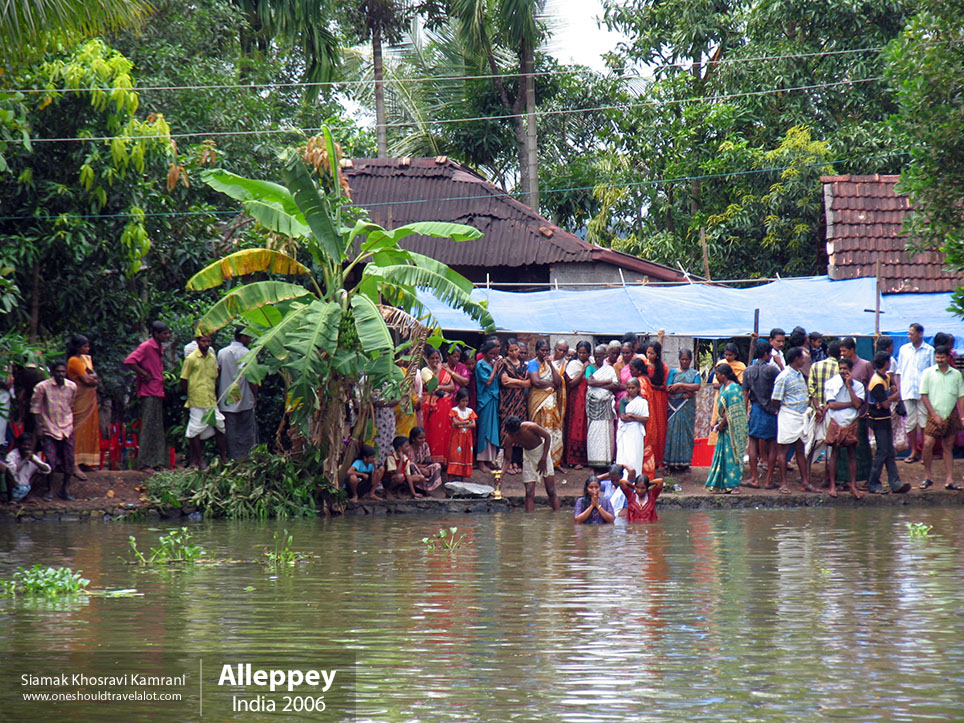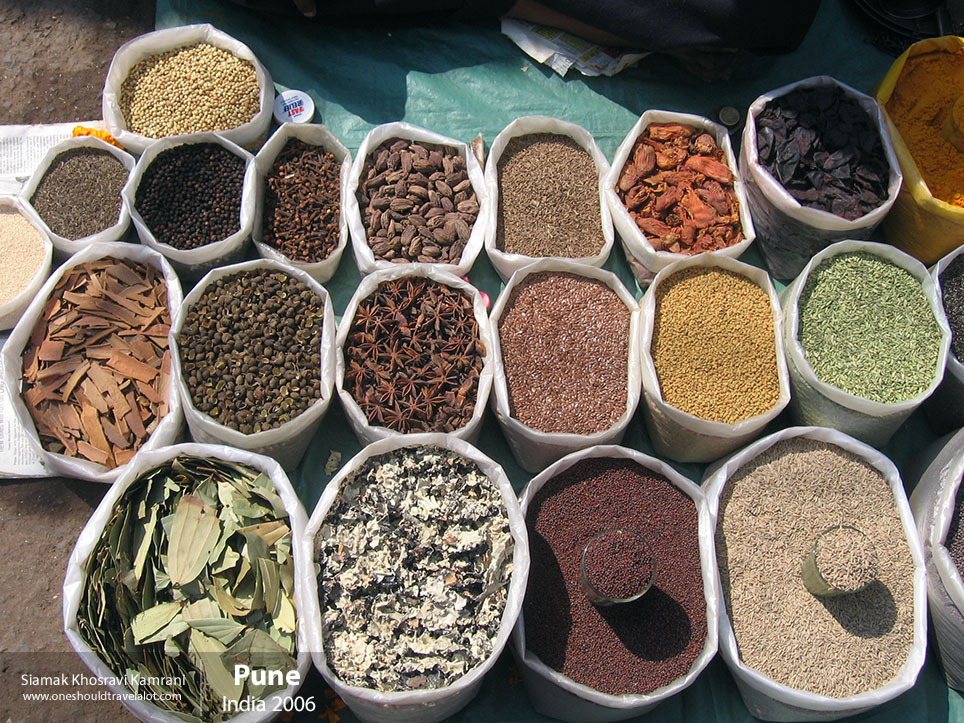Exploring the Cultural Tapestry of Allahabad: A Photographer’s Journey
Arrival in Allahabad
Stepping off the train in Allahabad, India, I was immediately greeted by a bustling scene that felt like a vibrant tapestry woven with threads of history, culture, and spirituality. The city’s air was infused with the rich aroma of street food mingling with the subtle scent of incense, creating a sensory introduction that promised an exciting journey ahead. Allahabad, known as Prayagraj in recent times, is a city where the past and present coexist harmoniously, offering a unique experience for any traveler, especially one with a camera in hand.
First Impressions
My initial impression of Allahabad was of a city steeped in tradition yet pulsing with modern life. The streets were alive with the chatter of locals, the honking of auto-rickshaws, and the occasional ringing of bicycle bells. People of all ages filled the streets, dressed in a mix of traditional Indian attire and contemporary fashion. The standard of living seemed to vary widely, with bustling marketplaces and serene residential areas painting a picture of a diverse socio-economic landscape.
The Confluence of Cultures
The Sangam: Meeting of the Rivers
One of the first places I visited was the Triveni Sangam, the confluence of three rivers: the Ganges, Yamuna, and the mythical Saraswati. This sacred site is not just a geographical wonder but also a spiritual epicenter for millions of Hindus. Pilgrims from all over the country come here to take a holy dip, believing it cleanses their sins. I was fortunate enough to witness this profound act of faith. The sight of devotees, clad in colorful garments, immersed in the confluence, praying and performing rituals, was a poignant reminder of the deep spirituality that underpins Indian culture.
As I captured these moments through my lens, I couldn’t help but feel a deep respect for the devotion and resilience of the people. The early morning light reflecting off the water, combined with the spiritual fervor of the pilgrims, created a magical ambiance that was a dream for any photographer.
The Kumbh Mela: A Spiritual Gathering
Though not an everyday occurrence, the Kumbh Mela is an event that defines Allahabad’s cultural significance. Held every twelve years, it is one of the largest religious gatherings in the world. My timing didn’t align with the Kumbh Mela, but the stories I heard from locals and the numerous photographs displayed in the city’s galleries and shops gave me a vivid picture of its scale and spiritual intensity. The Kumbh Mela transforms Allahabad into a sea of humanity, with millions of pilgrims, ascetics, and tourists converging for a shared spiritual experience.
Exploring the City
Allahabad Fort: A Historical Marvel
Next on my list was the Allahabad Fort, an architectural marvel built by Emperor Akbar in 1583. This fort stands majestically on the banks of the Yamuna, offering panoramic views of the river and the Sangam. The fort’s massive walls, intricate carvings, and grand halls speak volumes about the grandeur of the Mughal era. As I wandered through its corridors, I imagined the stories these walls could tell – tales of battles, royal ceremonies, and everyday life in a bygone era.
Within the fort, the Patalpuri Temple and the Ashoka Pillar are must-see attractions. The pillar, inscribed with ancient edicts, is a testament to the rich history that Allahabad boasts. Photographing these ancient structures, with their timeless beauty, was an exhilarating experience. The play of light and shadow on the stone carvings provided endless opportunities for creative shots.
Anand Bhavan: A Glimpse into Modern Indian History
For a touch of modern history, I visited Anand Bhavan, the ancestral home of the Nehru-Gandhi family. This museum offers a fascinating glimpse into India’s struggle for independence. Walking through the well-preserved rooms, filled with artifacts and photographs, I felt a deep connection to the country’s recent past. The personal belongings of Jawaharlal Nehru, Indira Gandhi, and other prominent figures humanize these historical icons, making their stories more relatable and poignant.
The Heart of Allahabad: Its People
A Melting Pot of Ethnicities and Languages
One of the most captivating aspects of Allahabad is its people. The city is a melting pot of ethnicities and languages, reflecting the diversity of India itself. Hindi is the predominant language, but you can also hear Urdu, English, and various regional dialects spoken in the streets. This linguistic diversity adds a rich layer to the city’s cultural fabric.
I spent hours wandering through the bustling bazaars, where vendors sold everything from fresh produce to intricate handicrafts. The Chowk area, with its narrow lanes and vibrant shops, was particularly fascinating. Here, I encountered artisans crafting traditional jewelry, tailors sewing colorful garments, and street food vendors serving up delicious snacks like kachoris and jalebis. Each interaction was an opportunity to learn more about the local culture and customs.
Warmth and Hospitality
The hospitality of Allahabad’s residents left a lasting impression on me. Everywhere I went, I was greeted with warm smiles and genuine curiosity about my photography. People were eager to share their stories and pose for pictures, making my job as a photographer both easy and enjoyable. Whether it was a family inviting me into their home for a cup of chai or a shopkeeper explaining the history behind a particular artifact, the sense of community and generosity was palpable.
The Culinary Delights of Allahabad
Street Food Adventures
No visit to Allahabad would be complete without indulging in its culinary delights. The city’s street food scene is a gastronomic adventure in itself. From spicy chaat to sweet desserts, there was no shortage of delicious treats to try. I found myself repeatedly drawn to the aroma of fresh samosas frying in large woks and the sight of vendors expertly flipping parathas on hot griddles.
One of my favorite discoveries was the iconic Allahabadi Tehri, a fragrant rice dish cooked with seasonal vegetables and aromatic spices. This simple yet flavorful meal quickly became a staple during my stay. Another must-try is the famous Prayagraj guava, known for its unique taste and texture. Sampling these local delicacies was a delightful way to connect with the city’s culinary heritage.
Embracing the Spiritual Essence
Temples and Ghats
Allahabad’s spiritual essence extends beyond the Sangam. The city is dotted with numerous temples and ghats (riverfront steps) that hold significant religious importance. The Kalyani Devi Temple, dedicated to Goddess Kalyani, is one such place where I witnessed devotees engaged in deep prayer and rituals. The tranquility of the temple, combined with the rhythmic chants and the fragrance of incense, created a serene atmosphere that was both calming and uplifting.
The ghats, particularly the Saraswati Ghat, are also integral to the city’s spiritual life. Here, I spent several evenings watching the sunset over the river, capturing the silhouettes of people performing evening aarti (prayer rituals). The sight of hundreds of oil lamps floating on the water, reflecting the twilight hues, was a mesmerizing spectacle that beautifully encapsulated the spiritual heart of Allahabad.



